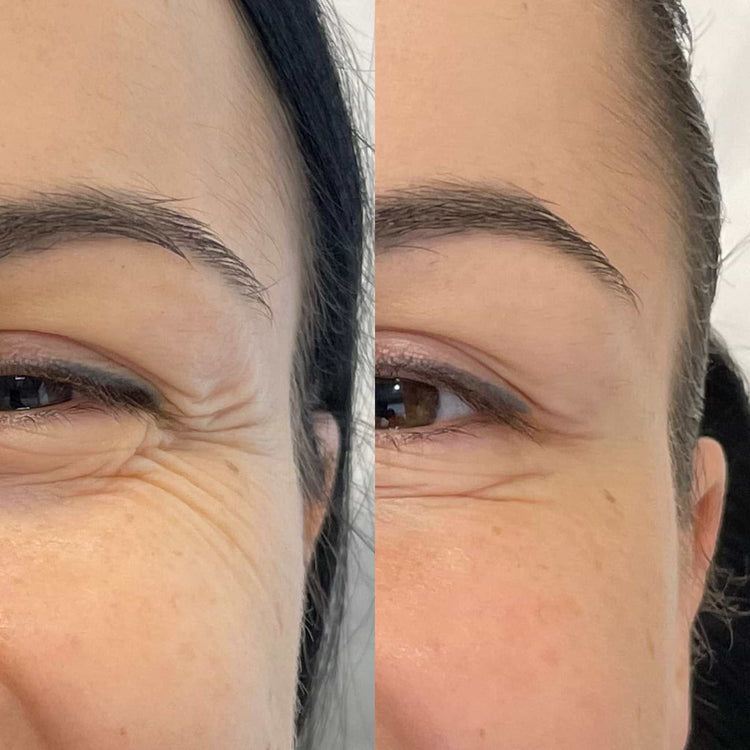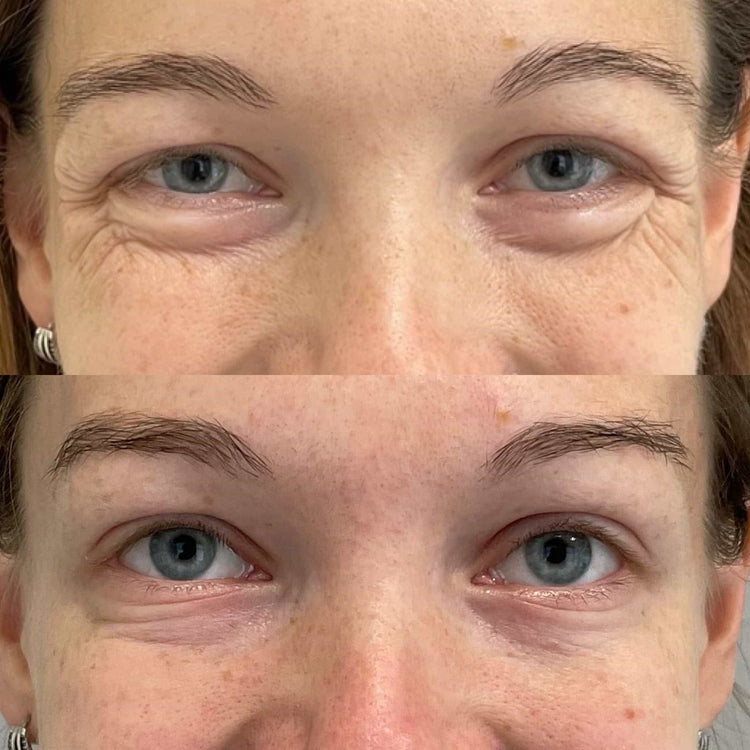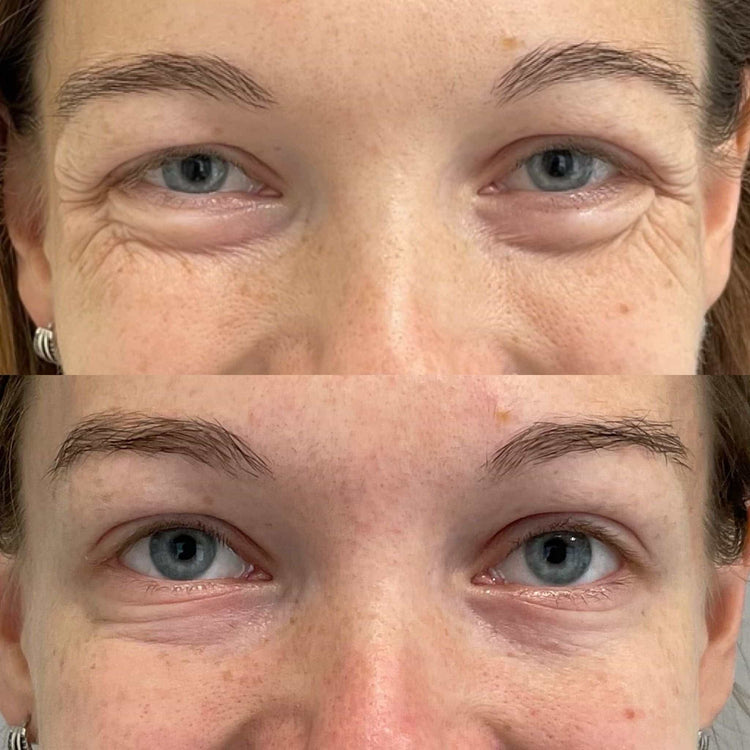Filler Types
In pursuit of fuller, more defined cheekbones, individuals residing in Upper Halliford and beyond have increasingly sought out dermal filler treatments. Dermal fillers are injectables that strategically plump up specific areas of the face, adding volume and contour.
Hyaluronic Acid Filler
Among the various types of dermal fillers available, hyaluronic acid (HA) fillers have become particularly popular for addressing flat cheeks. HA is a naturally occurring substance in the body that attracts and retains water, providing a hydrating and volumizing effect when injected.
HA fillers offer several advantages for cheek augmentation. They are reversible, meaning any unwanted results can be dissolved with an enzyme called hyaluronidase. Furthermore, they integrate well with facial tissue, leading to natural-looking enhancements.
The choice of HA filler depends on individual needs and desired outcomes. Some formulations are designed for superficial placement, adding subtle lift and definition, while others are thicker and provide more substantial volume.
Other Fillers
To achieve the desired level of cheek fullness, practitioners in Upper Halliford often employ different types of HA fillers. For instance, a lighter hyaluronic acid filler might be used to subtly enhance the contours of the cheekbone, while a denser filler could be injected deeper to create a more pronounced and rounded appearance.
Other fillers besides hyaluronic acid exist, though they are less commonly used for cheek augmentation. These alternatives include calcium hydroxylapatite and poly-L-lactic acid. Calcium hydroxylapatite is a naturally occurring mineral that stimulates collagen production, resulting in gradual volume increase over time. Poly-L-lactic acid, on the other hand, works by triggering the body’s own collagen synthesis, leading to long-lasting results.
Benefits of Filler for Flat Cheeks
Flat cheeks can often leave individuals feeling self-conscious about their facial contours. Fortunately, dermal fillers offer a safe and effective solution to enhance cheek volume and create a more sculpted appearance.
Enhanced Facial Symmetry
Filler injections provide several benefits for individuals seeking enhanced facial symmetry and fuller cheeks. By strategically adding volume to specific areas of the face, filler can balance out asymmetries and create a more harmonious look.
For those with flat cheeks, filler can dramatically improve facial definition and proportion. It adds fullness to the cheekbones, creating a more sculpted and youthful appearance. The added volume can also help lift the mid-face, reducing the appearance of sagging or hollowness.
Improved Cheek Definition
Dermal fillers offer a safe and effective way to achieve fuller, more defined cheekbones. By injecting hyaluronic acid (HA) into the cheeks, practitioners can add volume and create a more sculpted appearance.
This procedure can be particularly beneficial for individuals who have flat cheeks or who are experiencing age-related volume loss in the mid-face. Filler injections can help to balance out facial asymmetries and enhance overall symmetry.
The results of cheek filler treatments are generally immediate, although some swelling and bruising may occur in the days following the procedure. Most patients experience a noticeable improvement in cheek definition and fullness within a week or two.
It’s important to consult with a qualified and experienced practitioner to discuss your individual goals and expectations.
Increased Volume and Fullness
Dermal fillers can significantly benefit individuals seeking fuller, more defined cheeks. By strategically injecting hyaluronic acid (HA) into the cheek area, practitioners can add volume and create a more sculpted appearance. This procedure is particularly effective for those with flat cheeks or who have experienced age-related volume loss in the mid-face.
Filler injections help to balance facial asymmetries, enhance overall symmetry, and improve facial definition. The added volume to the cheekbones creates a more youthful and contoured look, while also potentially lifting the mid-face and reducing the appearance of sagging or hollowness.
Procedure for Cheek Augmentation with Filler
Individuals in Upper Halliford seeking fuller cheeks often turn to dermal fillers as a safe and effective solution. Dermal fillers are injectables designed to add volume and definition to specific areas of the face.
Consultation

A consultation with a qualified practitioner is the first step in the cheek augmentation process. During this meeting, the practitioner will assess your facial structure, discuss your aesthetic goals, and determine if dermal fillers are a suitable option for you.
The practitioner will explain the different types of HA fillers available and recommend the best choice based on your individual needs and desired outcome. They will also address any concerns you may have about the procedure, including potential risks and side effects.
During the procedure itself, a topical anesthetic will be applied to the treatment area to minimize discomfort. The practitioner will then use a fine needle to inject the filler into specific points on the cheeks. The amount of filler injected will vary depending on the desired level of augmentation.
After the injections, you may experience some mild swelling, bruising, or redness at the injection sites. These side effects are typically temporary and resolve within a few days to a week. You can resume most normal activities immediately following the procedure.

Injection Process
The procedure for cheek augmentation with filler begins with a consultation where a qualified practitioner assesses your facial structure, discusses your aesthetic goals, and determines if dermal fillers are suitable for you.
During the injection process, a topical anesthetic is applied to minimize discomfort. A fine needle is used to inject the chosen hyaluronic acid (HA) filler into specific points on the cheeks. The amount of filler injected will vary based on the desired level of augmentation.
Following the injections, you may experience mild swelling, bruising, or redness at the injection sites. These side effects are temporary and usually resolve within a few days to a week. Most patients can resume their normal activities immediately after the procedure.
Recovery and Aftercare
Dermal fillers have become a popular solution for individuals seeking fuller, more defined cheekbones.
Expected Downtime
Recovery from dermal filler treatment for cheek augmentation is generally quick and straightforward. Most people experience minimal downtime, allowing them to resume their normal activities immediately following the procedure.
Some mild swelling, bruising, or redness at the injection sites are common side effects and typically subside within a few days to a week.
To minimize any discomfort or swelling, it’s advisable to avoid strenuous activity, excessive sun exposure, and alcohol consumption for the first 24-48 hours after treatment.

Post-Treatment Instructions
Recovery from cheek filler injections is generally quick and easy. You can usually return to your normal activities immediately. Some mild swelling, redness, or bruising may occur at the injection sites, but these typically resolve within a few days to a week.
To minimize any discomfort or swelling, avoid strenuous activity, excessive sun exposure, and alcohol for 24-48 hours after treatment. Avoid touching or massaging the treated area as this can cause the filler to spread unevenly. It’s also important to stay hydrated and apply ice packs to reduce swelling if needed.
Most patients are very satisfied with the results of cheek filler treatments, achieving fuller, more defined cheeks that enhance their facial symmetry and contours.
Risks and Complications
Like any medical procedure, dermal fillers carry potential risks and complications, though they are generally considered safe when performed by a qualified practitioner.
Bruising
While dermal fillers offer numerous benefits for enhancing cheek volume, it’s essential to be aware of potential risks and complications. Bruising is a common side effect that usually resolves within a few days.
Other possible risks include infection, swelling, asymmetry, or an allergic reaction. In rare cases, filler may migrate from the injection site, resulting in an undesirable appearance.
To minimize the risk of complications, it is crucial to choose a qualified and experienced practitioner who uses sterile techniques and high-quality fillers.
Swelling
Swelling is a common side effect of cheek filler injections, typically occurring at the injection sites.
It usually subsides within a few days to a week. To minimize swelling, practitioners may recommend avoiding strenuous activity, excessive sun exposure, and alcohol consumption for a short period following the procedure.
Other potential risks include bruising, redness, and discomfort at the injection sites. In rare cases, more serious complications like infection or allergic reactions can occur.
It’s essential to choose a qualified and experienced practitioner who follows strict hygiene protocols to minimize the risk of complications.
Infection
While dermal fillers are generally safe, it’s important to be aware of potential risks and complications. Infection is one such risk, although rare, especially when proper sterilization techniques are followed by a qualified practitioner.
Infection can occur at the injection site and may present as redness, swelling, warmth, or pain. If you experience any signs of infection after receiving dermal fillers, it’s crucial to contact your practitioner immediately for appropriate treatment.
Book a consultation for lip fillers with Dr. Laura Geige at It’s Me & You Clinic
- Filler For Flat Cheeks In Upper Halliford, Surrey - September 25, 2025
- Downturned Smile Treatment Near Little Bookham, Surrey - September 22, 2025
- Dermal Fillers In Morden, Surrey - September 21, 2025
